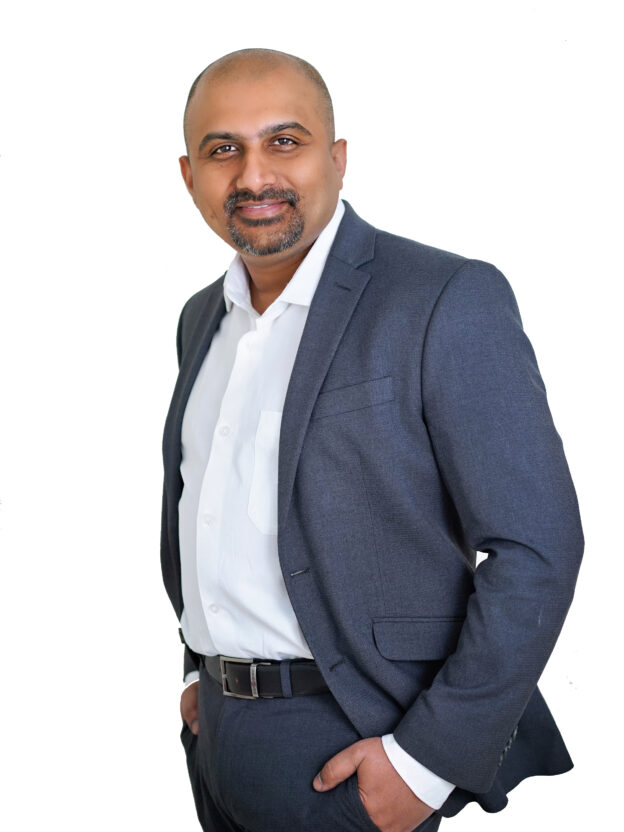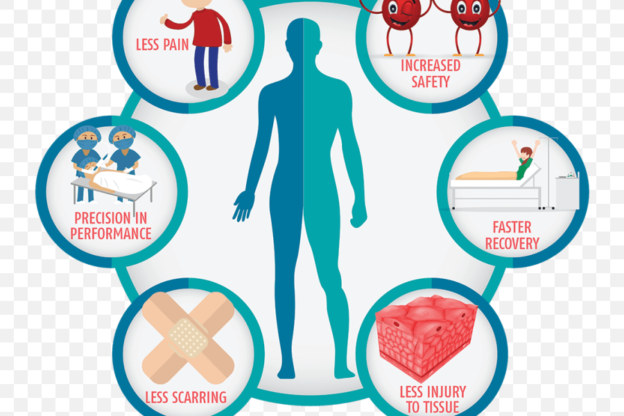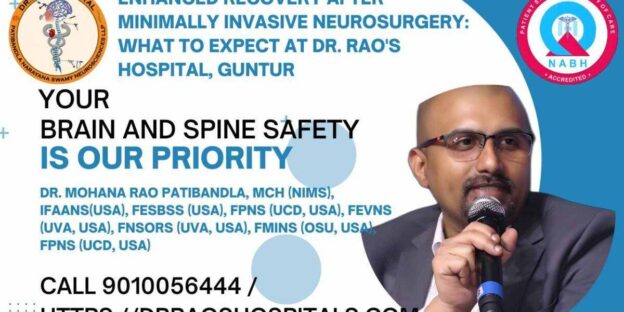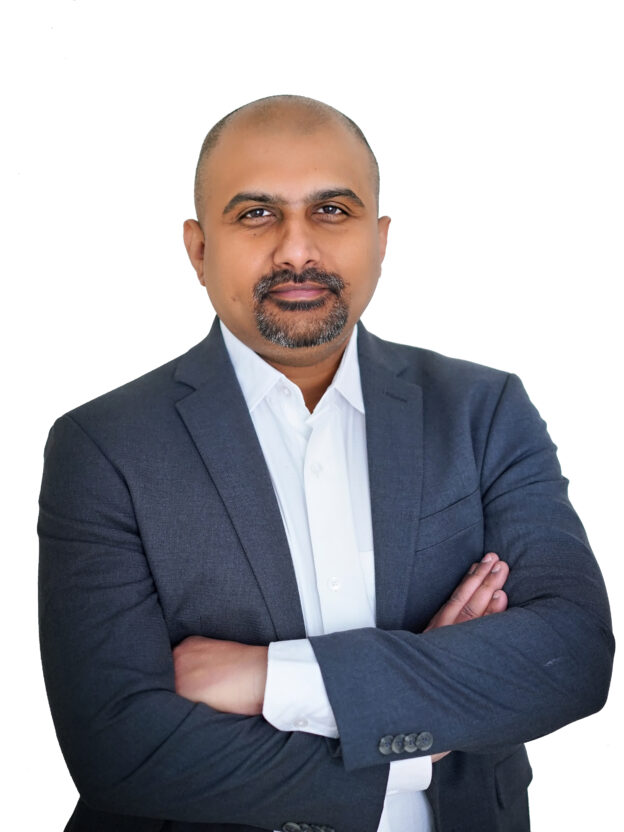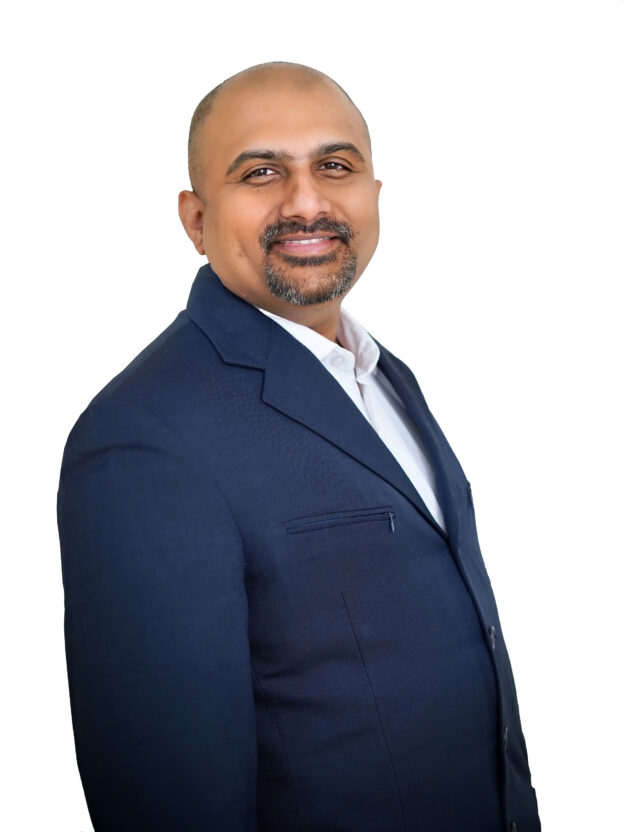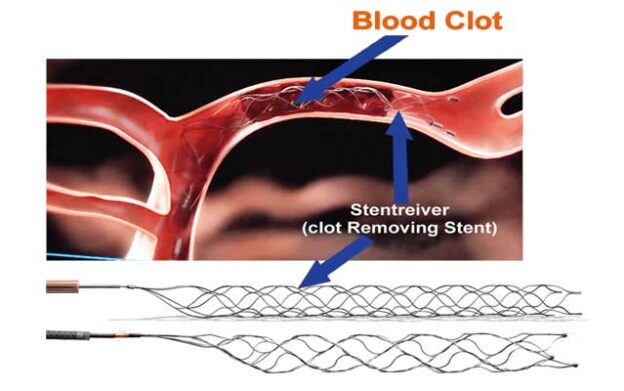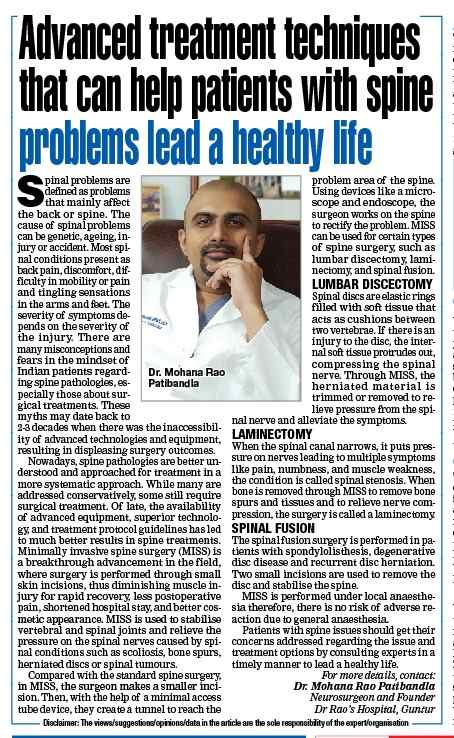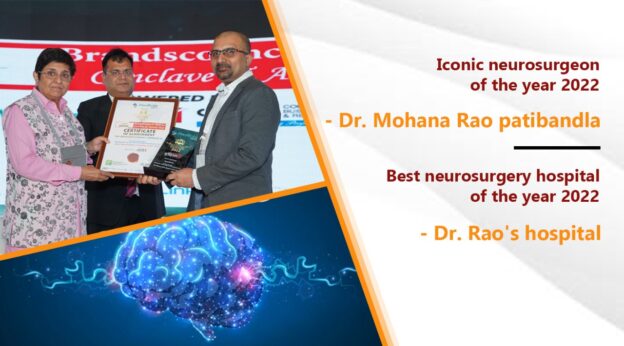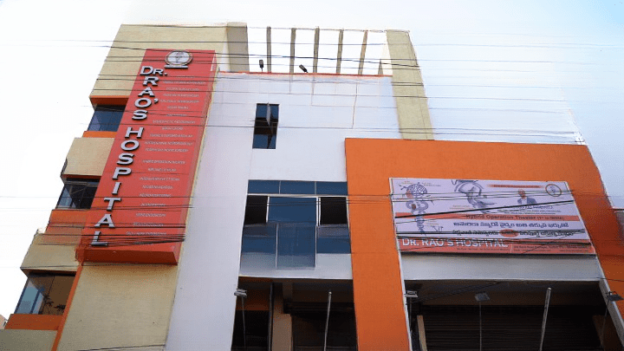Cutting-Edge Spine and Brain Surgeries: Advanced Minimally Invasive Procedures and Top Surgeons in India
Minimally Invasive Spine: Revolutionizing Advanced Spine Surgery
The field of spine surgery has seen significant advancements, especially with the development of minimally invasive spine and advanced spine surgery techniques. These procedures allow for treatment of complex spinal conditions through smaller incisions, resulting in less tissue damage, reduced pain, and quicker recovery times. Whether it’s herniated discs, scoliosis surgery, or spinal stenosis, minimally invasive spine surgery is becoming the standard.
Technological advancements, including robotic spine surgery and endoscopic spine surgery, enable precise operations with better patient outcomes. The benefits include minimal scarring, shorter hospital stays, and faster recovery, making these procedures highly sought after.
Medical Surgeon: Expertise in Robotic and Laser Spine Surgery
A medical surgeon specializing in neurosurgery or spine surgery plays a critical role in diagnosing and treating various spinal and neurological disorders. Surgeons trained in cutting-edge techniques like laser spine surgery and robotic spine surgery are changing the landscape of modern healthcare, providing advanced treatments that ensure faster recovery and fewer complications for their patients.
Choosing a well-trained surgeon is essential for any surgical procedure, especially disc replacement or spinal fusion surgery, where precision is crucial for successful outcomes.
Minimally Invasive Lumbar Surgery: A Game-Changer for Back Pain Relief
Minimally invasive lumbar surgery is frequently performed to relieve pressure on the spinal cord or nerves. This procedure is ideal for lumbar stenosis, herniated discs, and sciatica. Traditional lumbar surgeries often involve large incisions and longer recovery times. However, minimally invasive techniques focus on smaller incisions, preserving muscle and tissue integrity.
With minimally invasive lumbar surgery, patients can expect shorter recovery periods, less post-operative pain, and a quicker return to daily activities. For patients seeking alternatives to open surgery, non-surgical spine treatments may also be explored before deciding on surgery. In a recent India today article.
Minimally Invasive Spine Procedures: From Decompression to Scoliosis Surgery
Minimally invasive spine procedures are not limited to the lumbar region. Surgeons also use these techniques to address problems in the cervical and thoracic spine. Procedures like spinal decompression surgery, spinal fusion, and disc replacement surgery are performed with a focus on minimizing trauma to surrounding tissues.
Endoscopic approaches in spine surgery, including endoscopic spine surgery, reduce the risk of complications and enable quicker recovery times, making these procedures an excellent option for patients with spinal stenosis or scoliosis.
Post-Surgery: Recovery Tips for Spine and Brain Surgery Patients
Although minimally invasive procedures offer faster recovery, post-surgery care is vital for long-term success. To ensure proper healing, patients must follow recovery protocols, including spine surgery recovery tips. Post-operative rehabilitation may include physical therapy, medications, and gradually returning to activities to restore strength and flexibility.
Additionally, monitoring for complications such as infection or nerve damage is crucial to achieving the best possible outcome.
Best Neuro Hospital: Choosing the Best Hospital for Spine and Brain Surgeries
Selecting the best neuro hospital is crucial in ensuring successful spine or brain surgery outcomes. The best neuro and spine surgery hospitals, like Dr. Rao’s Hospital, are equipped with advanced technologies and a multidisciplinary team of specialists, offering top-notch care for patients suffering from spinal disorders and brain tumors.
Best Hospital for Neuro: What Makes a Facility Stand Out?
The best hospital for neuro care offers a wide range of services to treat conditions like brain tumors, spinal cord injuries, and neurovascular disorders. Facilities like Dr. Rao’s Hospital in Guntur are known for their world-class care, using minimally invasive brain surgery and keyhole neurosurgery techniques to treat patients with complex neurological problems.
One Spine: A Comprehensive Approach to Spine Health
The concept of one spine emphasizes treating the spine as a connected structure and understanding the interplay between the cervical, thoracic, and lumbar regions. This holistic approach ensures that spine surgeons address the root cause of a patient’s symptoms, offering a unified treatment strategy.
Spinal Cord Doctor: Specialists in Spinal Cord Injuries and Disorders
A spinal cord doctor specializes in diagnosing and treating conditions related to the spinal cord, such as injuries, tumors, and degenerative diseases. These specialists, who often perform spinal decompression surgery, play a key role in helping patients recover from conditions that impact mobility and quality of life.
Spine Treatment: Advanced and Non-Surgical Options
Spine treatment includes both surgical and non-surgical approaches to treating spine disorders. While minimally invasive spine surgery is highly effective for many conditions, non-surgical spine treatments such as physical therapy, chiropractic care, and pain management are also viable options for patients with mild to moderate symptoms.
Best Surgeon: Expertise in Minimally Invasive Techniques
Choosing the best surgeon for your spine or brain surgery is one of your most critical decisions. Surgeons like Dr. Rao, who specializes in advanced spine surgery and keyhole neurosurgery, have extensive experience treating complex spinal and brain conditions using the latest technologies.
Best Surgery: Minimally Invasive, Maximally Effective
When looking for the best surgery option for spinal or brain conditions, minimally invasive techniques such as endoscopic spine surgery or keyhole brain surgery often yield the best outcomes. These surgeries reduce trauma to the surrounding tissues, resulting in quicker recovery and lower complication rates.
Cervical Spine Surgery: Minimizing Risks with Modern Techniques
Cervical spine surgery addresses issues in the neck region, such as herniated discs or spinal stenosis. Minimally invasive cervical procedures reduce risks and improve recovery times. Techniques like robotic spine surgery and laser spine surgery are often used to achieve more precise results.
Best Hospital for Spine Surgery in India—Dr. Rao’s Hospital
For patients seeking the best hospital for spine surgery in India, Dr. Rao’s Hospital in Guntur stands out as a leader. With state-of-the-art facilities and a team of top surgeons, the hospital offers cutting-edge procedures like spine fusion, spinal decompression, and endoscopic spine surgery.
Best Neurosurgeon in Bangalore: Dr. Rao
Patients looking for the best neurosurgeon in Bangalore often turn to Dr. Rao, a highly skilled surgeon in both brain and spine surgeries. With expertise in minimally invasive neurosurgery and endovascular techniques, Dr. Rao is a trusted name in neurosurgery.
Best Neurosurgeon in India for Spine Surgery
India is home to some of the best neurosurgeons for spine surgery, with doctors like Dr. Rao leading the field. These specialists are known for their expertise in performing complex surgeries using minimally invasive techniques, including laser spine surgery and robotic spine surgery. According to mid-day
Best Neurosurgeon in India for Brain Tumor Surgery
For patients with brain tumors, finding the best neurosurgeon in India for brain tumor surgery is essential. Surgeons like Dr. Rao use cutting-edge techniques like keyhole neurosurgery to remove tumors with minimal damage to healthy brain tissue, improving recovery times and long-term outcomes.
Best Neurosurgeon in India for Brain Surgeries
Whether it’s an aneurysm, AVM, or epilepsy, Dr. Rao is considered one of the best neurosurgeons in India for brain surgeries. His experience in minimally invasive brain surgery ensures that patients receive the most advanced care available. In a recent deccanherald
Keyhole Neurosurgery: Small Incisions, Big Results
Keyhole neurosurgery is an advanced technique that allows for the treatment of conditions like brain tumors and spine disorders through small openings. This method reduces recovery time, lowers the risk of complications, and leads to better outcomes compared to traditional surgery.
Dr. Rao: Neurosurgeon, Spine Surgeon, and Endovascular Specialist
Dr. Rao is renowned as a neurosurgeon, spine surgeon, and endovascular surgeon. He is expert in treating a wide range of neurological and spinal disorders. His dedication to patient care and use of minimally invasive neurosurgery make him a leader in the field.
Best Interventional Neurologist in Guntur
Dr. Rao is regarded as the best interventional neurologist in Guntur for patients needing cerebrovascular treatments. His expertise in endovascular techniques allows him to provide life-saving treatments for conditions like strokes and aneurysms.
Best Endovascular Neurosurgeon in Guntur
Dr. Rao is also recognized as the best endovascular neurosurgeon in Guntur, specializing in minimally invasive treatments for brain and spinal vascular conditions. His ability to perform complex procedures with minimal incisions sets him apart from other specialists.
Minimally Invasive Neurosurgery in India: The Future of Surgical Care
Minimally invasive neurosurgery in India is rapidly evolving, with hospitals like Dr. Rao’s Hospital leading the charge. Patients benefit from the latest technologies, including robotic and endoscopic surgery, for faster recovery and reduced complications.
Minimally Invasive Spine Surgery in India: High-Quality, Affordable Care
India has become a hub for minimally invasive spine surgery, with leading hospitals offering advanced treatments at a fraction of the cost found elsewhere. Surgeons like Dr. Rao are highly trained in these techniques, making India a preferred destination for medical tourists seeking top-notch care.
Affordable Medical Tourism in India: High-Quality Care at Competitive Prices
India’s reputation for affordable medical tourism is well-established, especially in neurosurgery and spine surgery. Dr. Rao’s Hospital in Guntur offers comprehensive care packages for international patients, making world-class treatment accessible to people from all over the globe.
Dr. Rao’s Hospital Guntur: The Best Brain, Spine, and Endovascular Center in India
Dr. Rao’s Hospital Guntur is recognized as the best brain, spine, and endovascular center in India. With state-of-the-art equipment, a team of top specialists, and a commitment to patient care, the hospital provides exceptional treatments for domestic and international patients.

